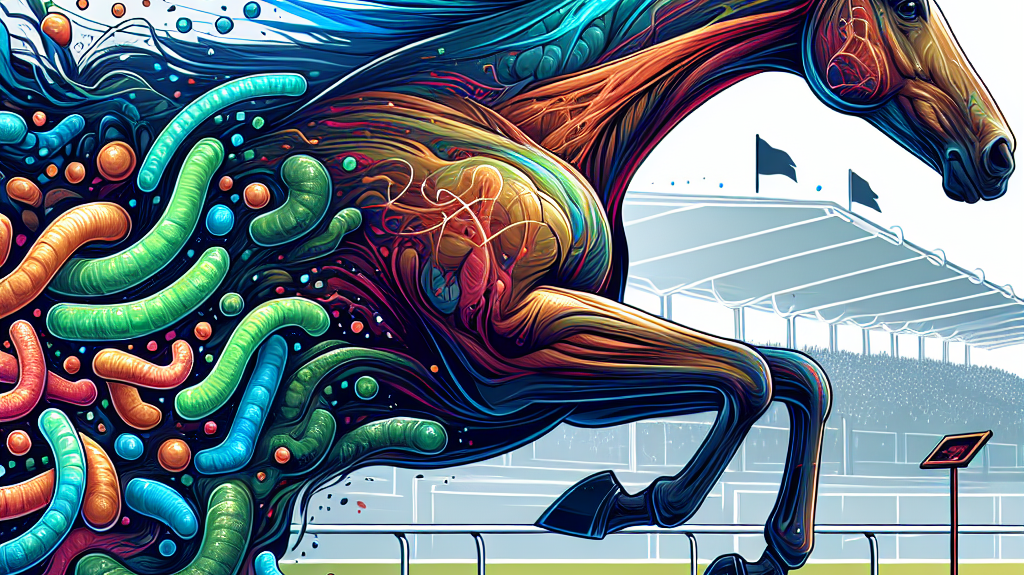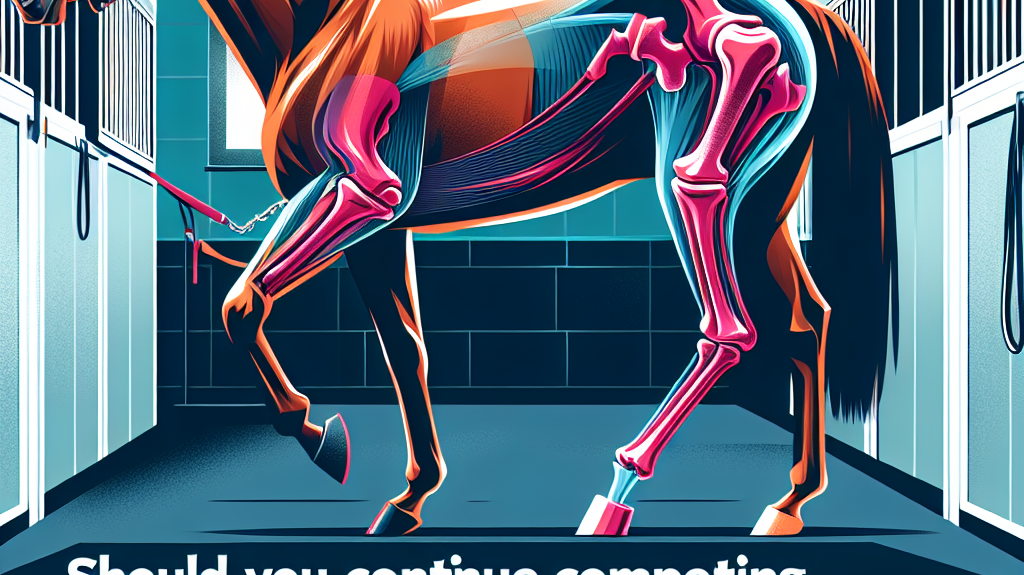The Crucial Role of the Equine Hindgut in Fiber Digestion
Understanding the equine digestive system, particularly the function of the hindgut, is essential for both horse owners and equine professionals. The hindgut plays a vital role in the digestion of fiber, an integral component of a horse’s diet, and is key to maintaining their overall gastrointestinal health. This article sheds light on the importance of the hindgut in fiber digestion, discusses insights from leading expert Dr. Mary Beth Gordon, and explores innovations in equine nutrition and feed formulation.
What is the Equine Hindgut?
The equine hindgut, composed of the cecum, large colon, small colon, and rectum, is the site where fermentation occurs. During fermentation, microorganisms break down fibrous food, allowing horses to extract essential nutrients. This process is critical because horses primarily consume fiber-rich diets. A well-functioning hindgut, therefore, is paramount for a horse's digestive health.
The Importance of Fiber in a Horse's Diet
In the equine world, fiber isn't just filler; it's the cornerstone of a horse's diet. Fiber supports a healthy gut microbiome by providing food for beneficial bacteria, which aid in digestion and help maintain a stable gut environment. According to Dr. Gordon, these beneficial bacteria create short-chain fatty acids during fermentation, which are a significant energy source for horses.
Fiber Utilization and Its Benefits
Dr. Gordon explains, "As the site of fermentation, the equine hindgut plays a crucial role in a horse’s ability to utilize fiber." This efficient fiber utilization can lead to multiple health benefits, including:
- Enhanced nutrient absorption
- Improved bowel regularity
- Lowered risks of colic and other digestive disorders
- Better overall gut health
Risks Associated with Poor Hindgut Health
When the hindgut isn't functioning properly, horses can face several health issues. Poor fiber digestion can lead to an imbalance in the gut microbiome, resulting in gastrointestinal distress. This can manifest as bloating, colic, diarrhea, or even laminitis in severe cases. Hence, regular monitoring and ensuring a balanced, fiber-rich diet are crucial for maintaining hindgut health.
Dr. Mary Beth Gordon's Contributions to Equine Nutrition
Renowned expert Dr. Mary Beth Gordon has dedicated her career to understanding the complexities of equine nutrition and exercise physiology. As the Senior Director of Equine Technical Innovation at Purina Animal Nutrition, her research has led to numerous contributions that have significantly enhanced our understanding of equine digestive health.
Groundbreaking Research and Innovations
Dr. Gordon’s noteworthy research includes identifying and characterizing the hormone ghrelin, which stimulates appetite in horses. Her studies have provided deeper insights into how exercise affects equine metabolic and digestive functions. Through over 350 research protocols at the Purina Animal Nutrition Center, her team has developed 18 new products and reformulated over 20 existing products, all aimed at improving equine nutrition and overall health.
Fun Fact: The Hormone Ghrelin
The hormone ghrelin, which Dr. Gordon identified, is sometimes whimsically referred to as the "hunger hormone." It signals to the brain that it's time to eat—something we all can relate to when a pizza commercial comes on TV!
Advances in Equine Nutrition and Feed Formulation
The equine nutrition landscape has seen significant advancements, thanks in part to Dr. Gordon’s research. Modern equine feeds are now formulated with a greater understanding of the nutritional needs driven by hindgut health, resulting in:
- Balanced fiber content to ensure optimal fermentation
- Inclusion of probiotics and prebiotics to support gut health
- Fortified essential nutrients that cater to different life stages of horses
Practical Feeding Tips
For those looking to optimize their horse's diet, consider these practical tips:
- Include a variety of high-fiber forages such as hay and pasture.
- Introduce new feeds gradually to prevent digestive upset.
- Provide continuous access to fresh water.
- Consult with an equine nutritionist to tailor a diet specific to your horse's needs.
Conclusion
The equine hindgut is an indispensable part of a horse's digestive system. Its ability to ferment and break down fibrous feed is crucial for the horse's overall health and well-being. Through the groundbreaking work of experts like Dr. Mary Beth Gordon, advancements in equine nutrition and feed formulation are continually enhancing our understanding and practices in equine care. Remember, a happy hindgut makes for a happy horse!
For more insights into equine hindgut health, be sure to check out the detailed podcast episode featuring Dr. Gordon. Listen to the full recording here.
Sources:




